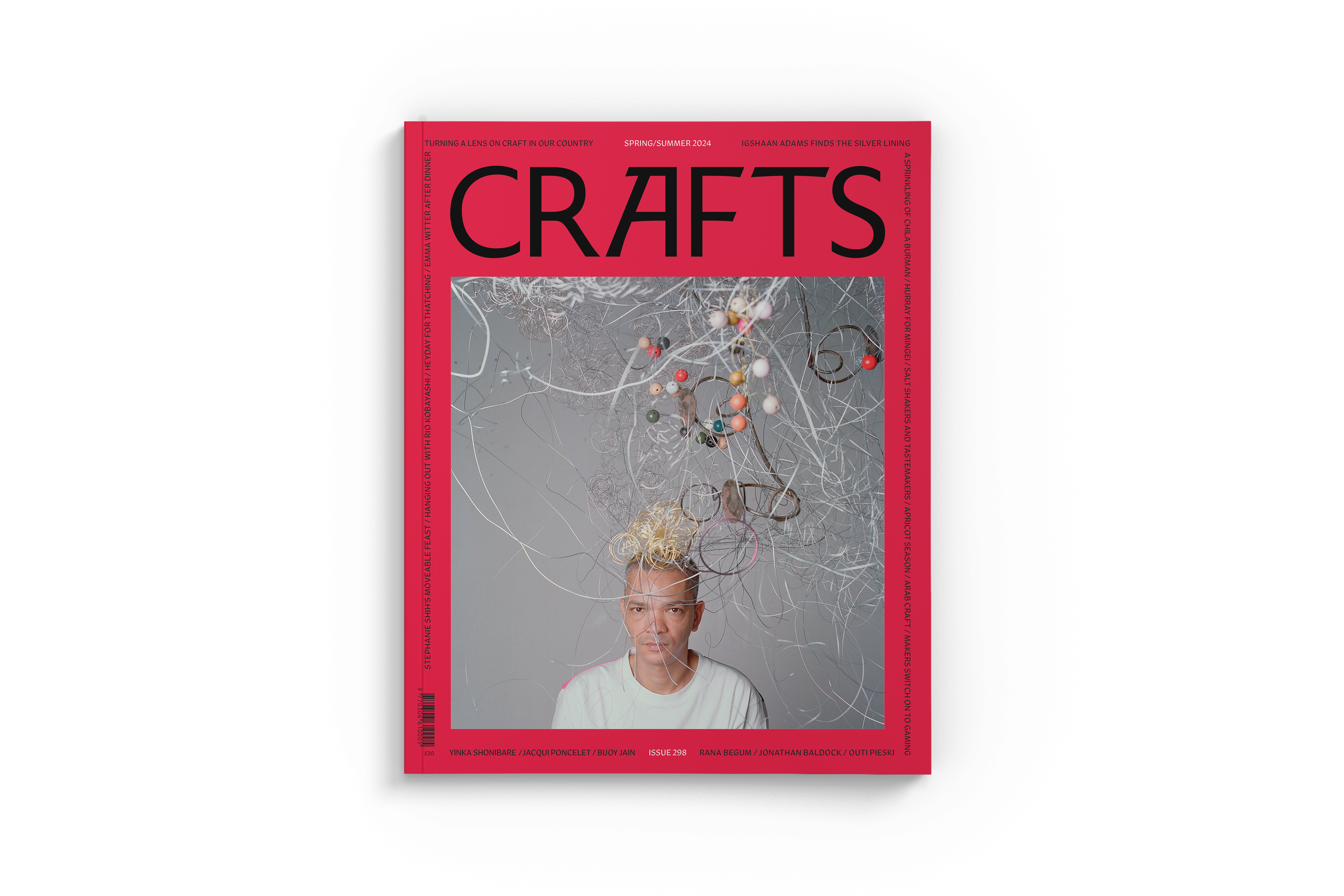The abstract art of Ali Kaaf is the result of his interests and dealings with script, architecture, and history. Kaaf’s abstractions are inspired by important cities in his life—Damascus, Beirut, and Berlin—and concepts such as Sufi mysticism and Islamic philosophy. The solo exhibition 'I Know the Emptiness of this House' at Darat al Funun features new commissions and a range of selected works covering various artistic disciplines, from drawings of paper and ink to photography, sound, video, and installations. At the center of this exhibition, Kaaf presents a new commission titled I Know the Emptiness of this House (2023), a spatial installation reflecting on Qusair Amra, the historical building built during the Umayyad era (between 723 and 743 AD) by Walid Ibn Yazid in the eastern deserts of Jordan. This conversation with Ali discusses this new commission, solo exhibition, and the evolution of his artistic practice.



